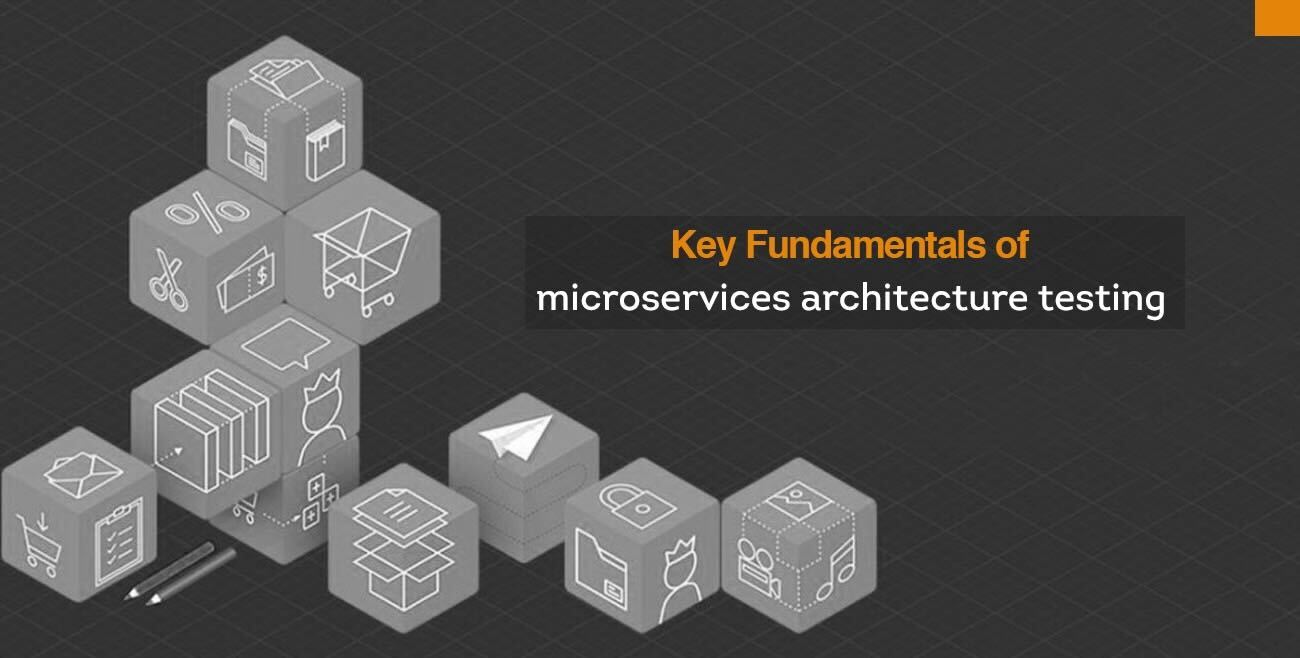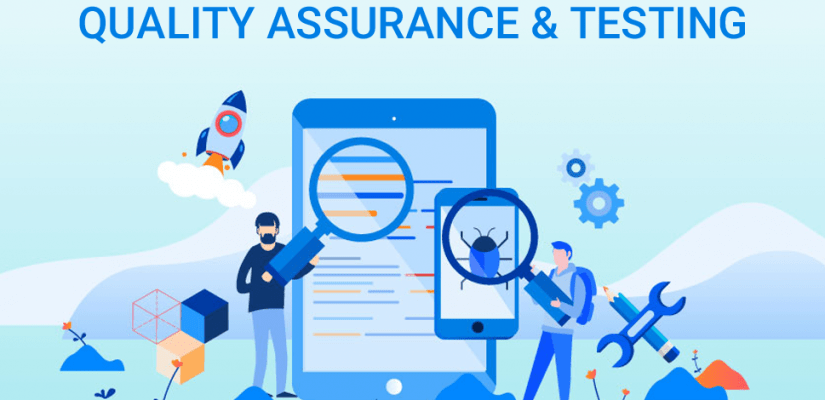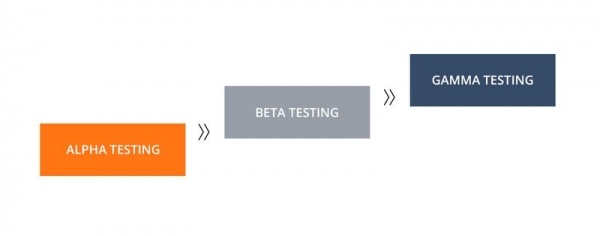Microservices architecture is a hot topic these days. Of course, it’s been around for a while, but the speed of change and the need to constantly innovate has pushed this approach into the spotlight.
The beauty of microservices architecture is that it allows teams to work independently on their code and iterate rapidly without waiting for other teams or departments. This results in faster time-to-market and quicker responses to market changes, which are critical in today’s business world.
In this blog, we will discuss the key fundamentals of Microservices Architecture Software Testing (MSA).
What Is Microservices Architecture?
Microservices architecture (MSA) is a proposition in which a comprehensive service/ application comprises small, autonomously versioned, and deployed assistance.
Why MSA?
MSA is a great solution for the agile, rapidly changing development environment that we see today in most organizations. It allows teams to move quickly and deploy independently of other teams. Also, each microservice can be implemented with different technologies and language/framework choices (Java, C#, Ruby, etc.).
Are There Any Drawbacks?
The reason for MSA’s success is also a reason for failure in some cases. By splitting large monolithic applications into small services, there is an opportunity to make these microservices very granular and independent from each other. In this case, it can be really hard to implement complex cross-functional scenarios within the application.
One more negative aspect is that there can be many services to manage and monitor with MSA, which increases the DevOps overhead.
Fundamentals Of Microservices Architecture?
- Microservices are small, smart one-purpose services with APIs for access
One of the main fundamentals of MSA is that each microservice should be small and cover only one responsibility. A microservice does not necessarily equal a micro-controller, but it is still better if there are no business rules in the service. Business logic should be implemented in the main application, and access to services is provided through APIs.
- Microservices use different technologies and coding languages
The main point of microservices is that teams can choose the best-fit technology for their service, creating very heterogeneous environments. Microservices using different languages at the backend imply quite a different approach to vulnerabilities in each language. For example, an exposure in a Python service may not even be present in a Java one.
- Every microservice has its database
One of the most important advantages of microservices is also one of the biggest challenges – due to its nature, every microservice has to have its database. While this sounds crazy at first, it offers some tremendous benefits. Microservices are typically small in size and scope, so it’s easy for the engineering team to handle 5 different databases, each with its schema, migration plan, and backup/restore process.
- They are decoupled by API contracts
Decoupling with the consumer-driven contract tests is one of the most important fundamentals of MSA. This means that application communication happens via APIs that describe what services they offer and how to access them, rather than sharing code or requiring developers to read each other’s minds. Not only does this facilitate independent deployments, but it also ensures that changes to public APIs stay backward-compatible.
- Microservices is an evolutionary architecture
MSA is architecture not a framework or product, so you can start with what you have already and incrementally build the MSA around it
This means that MSA is scalable both horizontally and vertically but requires significant up-front planning and design.
How To Test Microservices Architecture Software Testing?
It is not an easy task since we have to deal with multiple components and test scenarios involving integrating microservices. You can’t just create one big test plan and run it against the entire system; instead, we need to break it up into smaller, more manageable pieces of tests. Let’s see what the most important aspects of MSA testing are.
- Service Discovery
It is very tough to keep track of all components and their interactions when you have so many services to work with. So you need some Service Registry or discovery mechanism that allows us to register instances of microservices and connect them at runtime, i.e., without recompiling the application.
- Load Balancing And Failover
In a glass-house environment, we can spin up new microservices instances whenever there is additional load on the system. This approach simplifies the testing process since there is no need to prepare test environments and worry about timeouts when running high volume testsSecurity, authentication, and authorization.
This is another critical aspect of MSA testing. We need to set up the environment so that different microservices can communicate securely, authenticate users and authorize them before they can take any actions within the application. This also includes implementing a single sign-on mechanism for an easier authentication process throughout the environment.
- Performance And Stress Testing
Performance testing can be done at different levels. Still, one of the most common ways is to use a microbenchmark suite for simulating high loads on individual components or groups of components. To make this process even more efficient, you should run multiple tests in parallel and compare results. Since multiple components are involved, it is also essential to test for microservices’ stress and load-shedding capabilities.
Conclusion
Microservices architecture software testing offers several benefits for developers and companies alike. These 5 key fundamentals will help you get started with microservice testing, whether you’re looking to start your project or explore the possibilities of migrating an existing system. We at Hikeqa can provide quality software testing services that meet any industry standards and requirements. Contact us today!

















